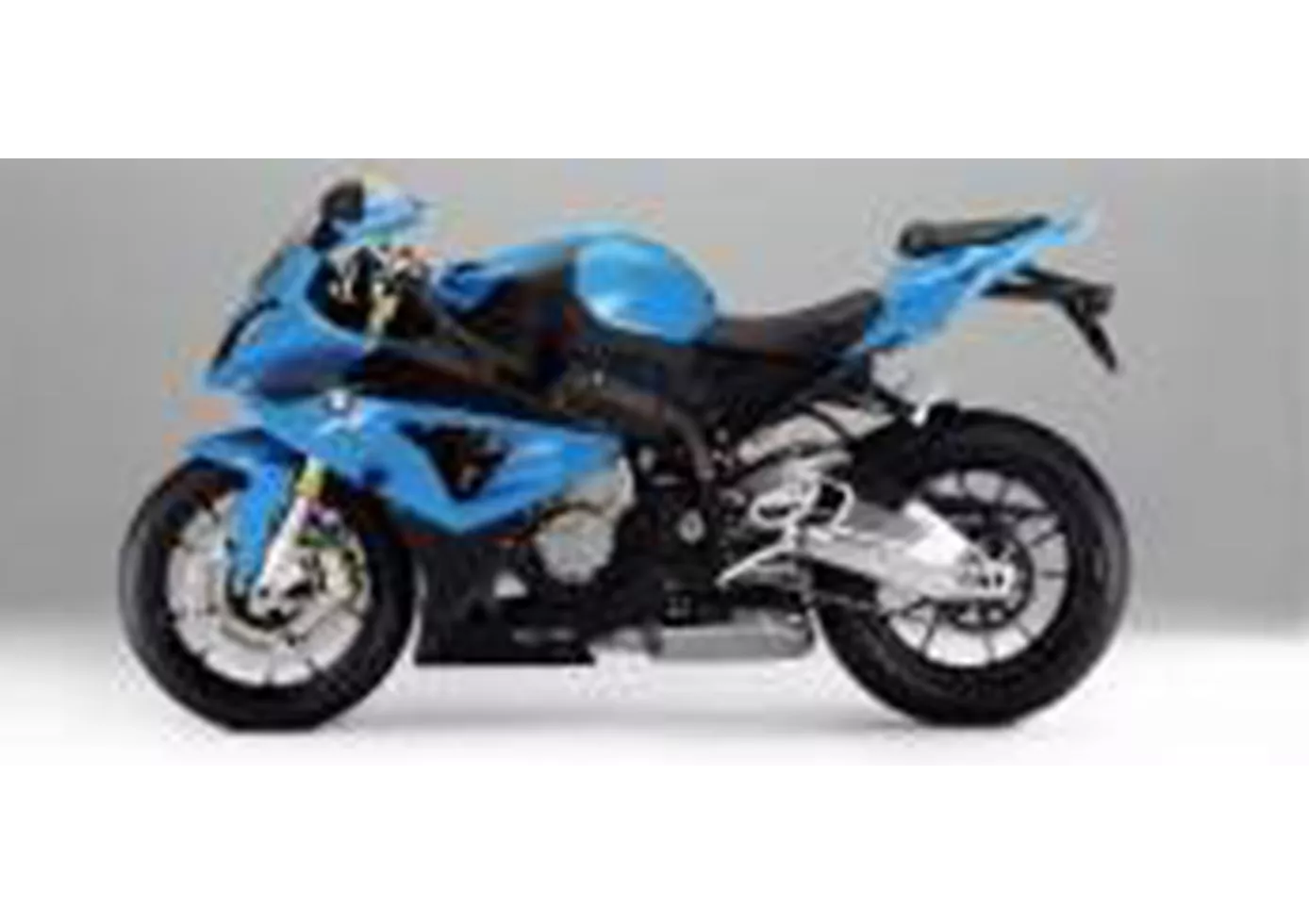Yamaha R1 2016 vs. BMW S 1000 RR 2012

Yamaha R1 2016

BMW S 1000 RR 2012
Overview - Yamaha R1 2016 vs BMW S 1000 RR 2012
The Yamaha R1 model year 2016 and the BMW S 1000 RR model year 2012 are both supersport motorcycles that offer high performance and advanced features. However, there are some notable differences between the two models.
In terms of engine specifications, the Yamaha R1 2016 has a bore of 79 mm and a stroke of 50.9 mm, while the BMW S 1000 RR 2012 has a slightly larger bore of 80 mm and a stroke of 49.7 mm. Both bikes have a 4-cylinder engine with a displacement of around 1000 cc. The Yamaha R1 2016 has a slightly higher engine power of 200 HP compared to the BMW S 1000 RR 2012's 192 HP. However, both bikes have a similar torque output, with the Yamaha R1 2016 producing 112.4 Nm and the BMW S 1000 RR 2012 producing 112 Nm. Both bikes also have a compression ratio of 13.

Yamaha R1 2016
In terms of suspension, the Yamaha R1 2016 features an upside-down telescopic fork at the front, while the BMW S 1000 RR 2012 has a telescopic fork. Both bikes have an aluminum frame, with the Yamaha R1 2016 featuring a Deltabox frame and the BMW S 1000 RR 2012 featuring a Twin Tube frame. Both bikes also have double disk brakes at the front.
In terms of dimensions and weights, the Yamaha R1 2016 has a front tire width of 120 mm and a rear tire width of 190 mm, with both bikes having a 17-inch diameter for the front and rear tires. The Yamaha R1 2016 has a wheelbase of 1405 mm, while the BMW S 1000 RR 2012 has a slightly longer wheelbase of 1432 mm. The seat height of the Yamaha R1 2016 is 855 mm, while the BMW S 1000 RR 2012 has a slightly lower seat height of 820 mm. The Yamaha R1 2016 has a kerb weight (with ABS) of 199 kg, while the BMW S 1000 RR 2012 is slightly heavier with a kerb weight (with ABS) of 207 kg. Both bikes have a fuel tank capacity of around 17 liters, with the BMW S 1000 RR 2012 having a slightly larger capacity of 17.5 liters.
In terms of strengths, the Yamaha R1 2016 is known for its lively handling, high-revving and precisely controllable engine, and excellent electronics package. On the other hand, the BMW S 1000 RR 2012 is praised for its complete electronic equipment, good braking system, strong engine, and extremely fast performance on the road. The BMW S 1000 RR 2012 also has an appropriate appearance.

BMW S 1000 RR 2012
However, the Yamaha R1 2016 does have a weakness in that its shift assistant is only available for upshifting. On the other hand, the BMW S 1000 RR 2012 has a somewhat complicated chassis that may take some time to get used to.
Overall, both the Yamaha R1 2016 and the BMW S 1000 RR 2012 are highly capable supersport motorcycles with their own set of strengths and weaknesses. The choice between the two ultimately depends on the rider's preferences and priorities.
Technical Specifications Yamaha R1 2016 compared to BMW S 1000 RR 2012
Pros and Cons in comparison
Pros and Cons in comparison
Yamaha R1 2016

Yamaha's high-tech rocket is still a technological leader in 2016. Radical, polarising and fascinating, it sets powerful lap times. It is closer to the race bikes than the other 1000s. In the meantime, no one grumbles about the front. Without the "M", it is the best choice for those who don't need Öhlins anyway, or the best choice for those who are planning a racetrack conversion anyway and like to install "normal" Öhlins hardware without electric stuff.
BMW S 1000 RR 2012

What remains is fascination, bewilderment and fear. You can't shake the uneasy feeling that you're not quite yourself on this bike. It feels like a heavy metal concert with earplugs.
Price Comparison Avarage Market Price Yamaha R1 vs BMW S 1000 RR
There are a few key differences between a Yamaha R1 2016 and a BMW S 1000 RR 2012. In terms of price, the actual average price of a Yamaha R1 2016 is about 40% higher. A Yamaha R1 2016 experiences a loss of 670 USD in one year and 590 USD in two years of ownership. This is offset by a loss of 290 USD and 430 USD for a BMW S 1000 RR 2012. Compared to BMW S 1000 RR 2012 there are less Yamaha R1 2016 bikes available on the 1000PS.de Marketplace, specifically 6 compared to 10. It takes less time to sell a BMW S 1000 RR with 64 days compared to 73 days for the Yamaha R1. Since model year 2005 1000PS.de editors have written 80 reviews for the Yamaha R1 and 135 reviews for the BMW S 1000 RR since model year 2010. The first review for the Yamaha R1 was published on 4/28/2003 and now has more than 3,900 views. This compares to more than 4,000 views for the first review on BMW S 1000 RR published on 4/16/2008.



















